Hormones are like micro SD cards—small yet powerful. They are tiny chemical messengers that are secreted into the blood by organs called glands. They are important for maintaining the internal environment of the body—as well as interpersonal communications and for many even a marriage can be destroyed over hormonal imbalance. The sex hormones are responsible for a lot more than just determining someone’s sex at birth. They are also responsible for maintaining and regulating the sexual cycle, onset of puberty and secondary sexual characteristics, moods, general health and even immunity. Types Of Female Hormones Estrogen and progesterone are two of the most important female hormones, but they are far from being the only ones working in sync to maintain a woman. Apart from them, there are other female hormones as well, which are working to regulate and balance the sexual cycle. These include: –Gonadotropin releasing hormone (GnRH): released from the hypothalamus, its function is to stimulate the production of the following hormones from the pituitary. -LH (Luteinizing hormone) -FSH (Follicle Stimulating Hormone) –Inhibin –Activin –Follistatin –Testosterone Puberty And The Menstrual Cycle The onset of sexual maturation and transformation of a child into an adult, is called puberty. There are a lot of changes in the body including its shape and size, as well as attainment of fertility. The onset of puberty varies in boys and girls, averaging the age of 13 and 11 years, respectively. Usually, girls attain every stage of puberty before boys. While inception of puberty is dependent most certainly on hormones, its onset varies among girls and can only be partly explained by racial, genetic and environmental differences. Hormonal And Physical Changes At Puberty Puberty is determined by the hormonal changes and the physical changes in the body. This occurs systematically and one step leads to another. Hormonal changes at puberty: The part of the brain, called pituitary, can release the brakes on gonad-stimulating hormones (FSH and LH) any time. This means that puberty onset is held in check by the Gonadotropin Releasing Hormone (GnRH) from the hypothalamus. Physical Changes At Puberty: -Breast development -Hair development -Onset of menstruation -Growth support -Weight gain -Fat distribution -Development of sexual organs -Acne -Being a teenager Menstrual Cycle: Start of the ‘period’ or menstrual cycle is the most prominent sign of puberty in girls. The mechanism of puberty initiation is poorly understood, but clearly, genetic, environmental and physical factors (such as body fat) have an important role. Nutrition is another factor whose role has been underplayed when it comes to sexual maturation; under-nourished children have delayed sexual maturation and late onset of puberty. Furthermore, anorexia is associated with amenorrhea (absence of menstruation) and a decrease in the levels of gonadotropins. Learn more at: http://bit.ly/2b4Xdzz FOLLOW ON TWITTER https://twitter.com/healthunits LIKE ON FACEBOOK https://www.facebook.com/HealthUnits/ More videos at: https://www.healthunits.com/
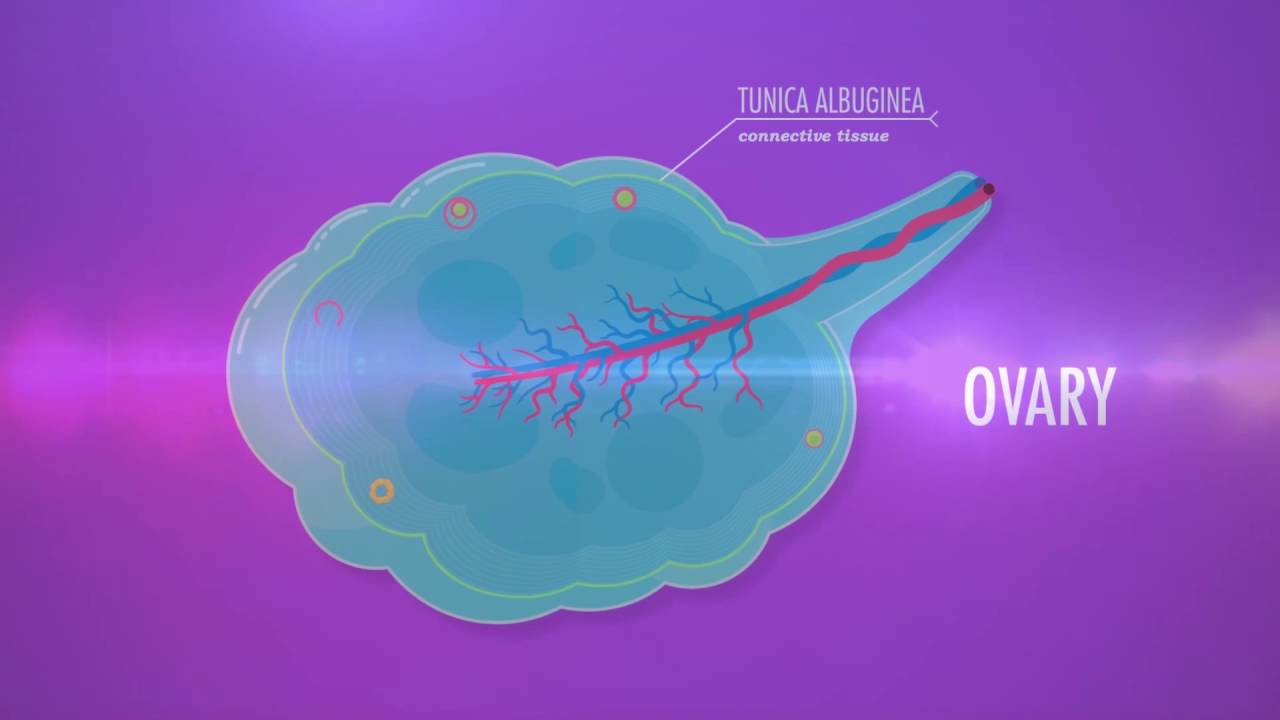
Female Sex Hormones
- Post author:
- Post published:May 5, 2021
- Post category:Uncategorized
- Post comments:0 Comments
You Might Also Like
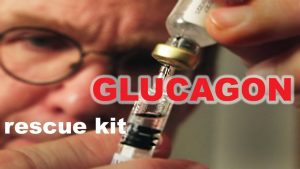
Diabetes Emergency – Glucagon Kit Demonstration

Male Pattern Baldness Hair Regrowth | Alopecia Vitamins Hair Loss Solutions
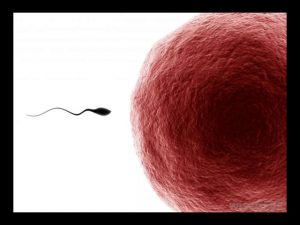
What Is the Difference between Sperm and Semen

What is Shoulder Arthritis?
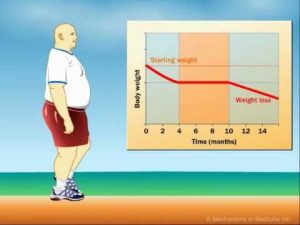
How Does Exercise Impact Weight Loss?

Crunches-1

BIOLOGY – Gareth Williams – Diabetes

Health And Fitness Video – 1

Homicide Psychology/ Psychiatry Video – 2
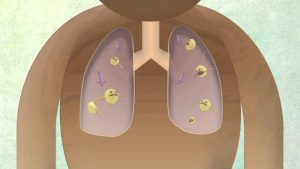
How The Body Reacts To Tuberculosis

PNF Contract-Relax Stretch

ICSE Science class 6 demo ROCKS AND MINERALS TYPES OF ROCKS

Strong abs exercises: Plank

1. What is Muscular Strength and How to Improve It

How to get Flexible Fast | Stretch Challenge

Home Chest Workout (UPPER, MID, LOWER CHEST)

Isotroin Capsule Review in Hindi || by Mt Discuss
Nutrition Basics

Pre/During/Post Workout Drink || SHREDDED NEXT LEVEL by Guru Mann ||

Ophthalmology Video – 3
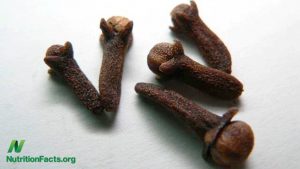
New Antioxidant Superstars
Hypertension & Blood Preesure

Glucagon Emergency Kit Tutorial!

What Are Your Strengths (Hindi): Interview Skills

Work Out Meal Plan Prep (GOOD, FAST, CHEAP!)

Machine Seated Low Row.AVI
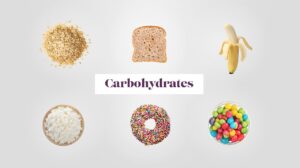
The Spectrum of Carbohydrates – from Whole Grain to White Bread

BMI Protocol Video

What is STRETCHING? What does STRETCHING mean? STRETCHING meaning, definition & explanation

9 Best TIPS TO GAIN WEIGHT By Dietitian Jyoti Chabria

Clinical Neurophysiology Video – 1

Personal Trainer/ Gym Instructor Video – 6
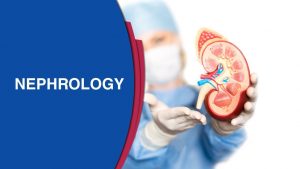
What Are The Symptoms Of Chronic Kidney Disease? – Manipal Hospital

Sports Physiotherapy Video – 13

How the perfect body for men has changed over the last 150 years
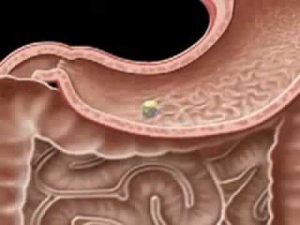
01 Liver Video
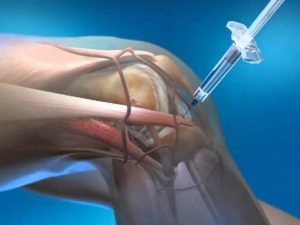
euflexxa knee injection animation

VEGETARIAN FAT LOSS DIET PLAN (HINDI) | INDIAN VEG MEAL PLAN FOR STUDENTS

The Lowest Bodyfat Ever in a Human Being – Helmut Strebl | 2% Bodyfat

Donkey Kicks exercise (Beginner)
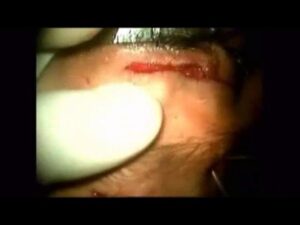
Opthalmogical/Eye Surgeries Video – 5

